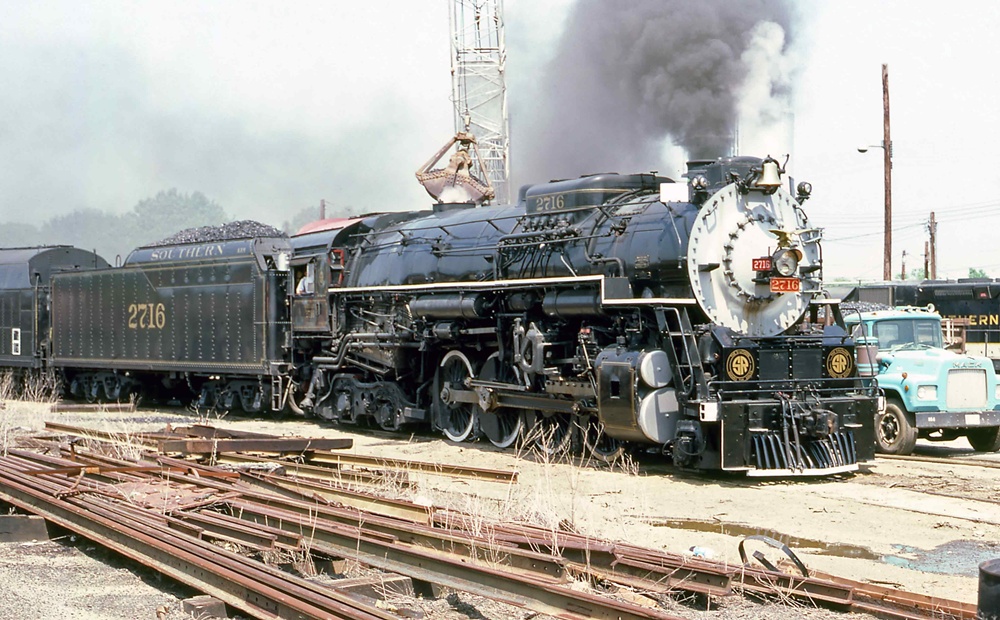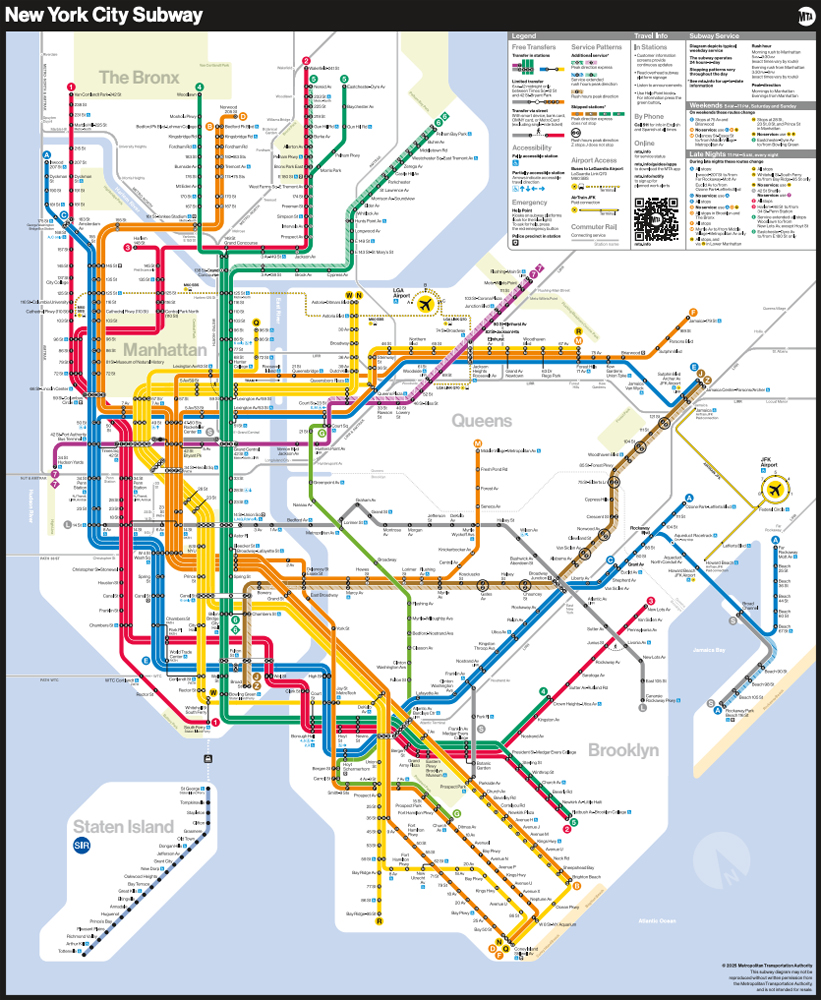Big Rivers Electric Corp. in Hawesville, Ky., donated two sets of Buckeye trucks to Kentucky Steam Heritage Corp. in support of the group’s plans to restore to operation the former Chesapeake & Ohio 2-8-4 Kanawha No. 2716. The group plans to use the six-axle, roller bearing-equipped trucks to replace the original friction bearing-equipped trucks underneath No. 2716’s tender.
Kentucky steam group President Chris Campbell says the donated trucks will be used to move No. 2716’s tender from the Kentucky Railway Museum in New Haven, Ky., to the group’s facilities at CSX Transportation’s former car shop at Ravenna, more than 100 miles away. With support from Big Rivers, the steam group took possession of the Buckeye trucks Jan. 17, and they were delivered to Kentucky Railway Museum, where they will be swapped out with the original trucks.
“The Buckeye trucks are slightly smaller than the originals, but this gives us the ability to move 2716 to Ravenna without having to convert the trucks on the tender to roller bearings,” Campbell says.
Friction bearings are prohibited on trackage owned by many rail carriers, including CSX, across whose track No. 2716 will have to travel from New Haven to Ravenna.
Campbell says the donation of the trucks, resulting in the ability to move 2716 and its tender to Ravenna, will likely save the steam group between $90,000 and $100,000 on the No. 2716 restoration project.
“By moving it to Ravenna, it gives us the ability to convert the original trucks in our shops, rather than trying to do it out in the open at the museum and without shop tools. That’s where the savings is,” Campbell said. “We can’t thank Big Rivers enough for what they’ve done for us, which is much more than just donating a car.”
Campbell says the trucks were located by a Kentucky steam group member. He says the trucks were under a depressed center flatcar, which had been derailed and abandoned on the property of Big Rivers’ facilities in Hawesville after it was used to deliver a large generator. The trucks were removed, and the car, which was built in 1945 and had sat idle for more than 40 years, was scrapped on-site to help pay for the trucking of the wheelsets to New Haven.
Campbell says the plan is to add the original trucks back under No. 2716’s tender once the conversion to roller bearings is complete, but there is a chance the donated Buckeye trucks could stay on long term.














The statement by Maynard Ross “Locomotive would have to be roller bearing equipped because friction bearings are not allowed on any modern day railroad” is so incorrect and misleading it could be considered Fake News.
Railroads can have and use plain bearing on equipment on their own lines per their own management’s selection. Plain bearing can not be offered for interchange on a free running car in revenue service. A railroad can accept a plain bearing car by special arrangements if it wants to. Railroad no longer have car department personal who are qualified on how to oil and service such plain bearing. Many tourist railroads still use equipment having plain bearings. The NKP 765 steam locomotive has plain bearing on its driver axles. Every diesel electric locomotive has traction motors that hang on the axle of the wheel it drives using a plain bearing within a housing that cannot be penetrated by the infrared journal detectors set up along the right of way looking for hot axle journals.
Plain bearings were first restricted for interchange by the American Association of Railway (AAR) which was only a rule and did not apply to non-members, but later it was established as a FRA rule for all railroads, to not offer any car for interchange in general running traffic. A wreck crane,for example, can have plain bearing and be moved to an adjacent railroad to work on a wreck. Both companies can accept the fact that it has plain bearings. The FRA has no jurisdiction over any Ry work equipment, only revenue running cars and what might interfere with safe operations of revenue service.
The John H. Emery Rail Heritage Trust deadline is Feb 1st, 2019.
A question comes to mind – Is the locomotive roller-bearing equipped throughout, to allow travel on CSX?
According to Stauffer’s C&O Power, all the 2700s were delivered with roller bearings on all engine axles.
troy. i think the 4449 has her orignal friction bearings
That’s like the UPS man delivering your package then abandoning his truck in your driveway.
From the photo the leading and trailing trucks on the loco have roller bearings. The drivers can’t be verified from a photo and a quick internet search found nothing conclusive, but I am sure someone reading out there would know off hand.
Does the 4449 ride on friction bearings?
Locomotive would have to be roller bearing equipped because friction bearings are not allowed on any modern day railroad.
Always great to be able to save money on any steam restoration. Wheels can always be swapped out for larger wheels or drawbars bent slightly to allow things to line up. Looks like CSX will soon be out of business. Wonder who will take their place? U.P. or N.S.